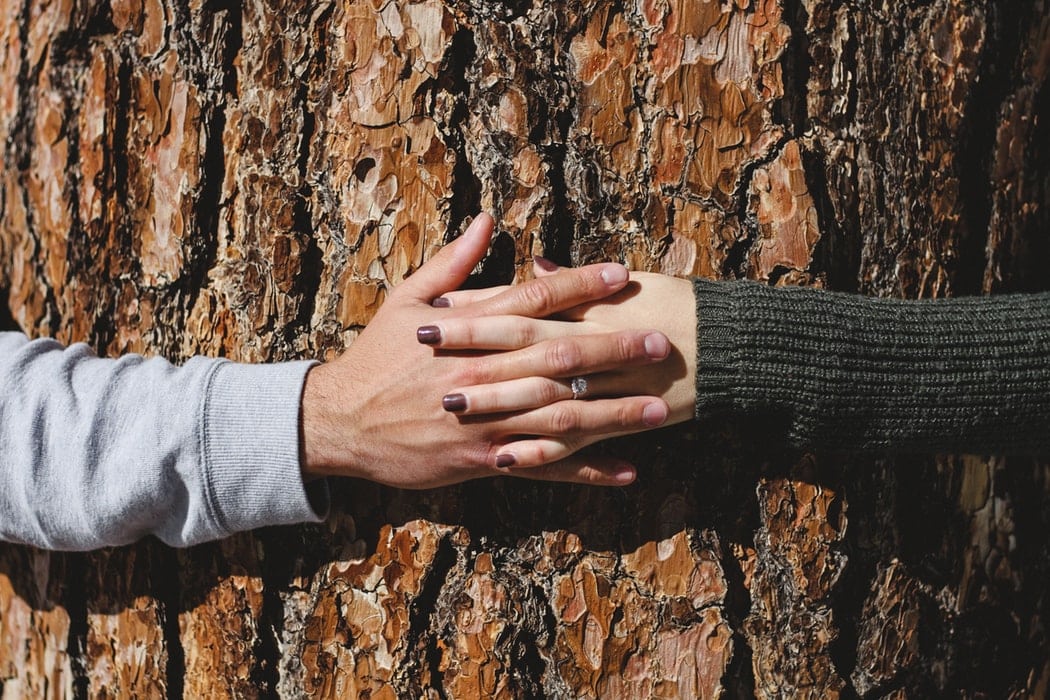
Table of Contents
Eco-friendly engagement rings are becoming an increasingly popular consideration for consumers looking to find the perfect ring to get down on one knee to.
Because eco-friendly jewelry is developed from materials that have the least possible impact on the environment. Consumers are becoming more and more aware of not only how they invest their money but where they invest it. Let’s take a look at what makes an engagement ring eco-friendly or if it’s all just marketing hype.
The Negative Impact of Non-Eco-Friendly Rings
Most people are unaware of it, but the mining of gold and diamonds is often associated with human and environmental exploitation. Child labor and sweatshop labor is still a reality. Industrial jewelry mining can be responsible for issues like the erosion of land, the leakage of harmful chemicals into water supplies, and heavy machinery involved in the mining process, which in turn leads to creating a heavy carbon footprint.
The good news is that more and more jewelry companies are supporting the manufacture of eco-friendly jewelry. There are organizations out there like the No Dirty Gold campaign, launched in 2004, which seeks to educate consumers and manufacturers about the negative effects of irresponsible gold mining practices.
Manufacturers like GreenORO and Brilliant Earth maintain their prestigious reputation for creating some of the most beautiful ethical jewelry within the industry, by tracking their gold from mine to market.
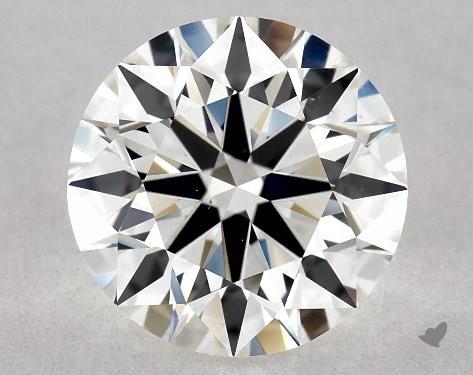
Eco-friendly engagement rings are also made using ethical diamonds or conflict-free diamonds that have been sourced using the most environmentally responsible methods.
Previously owned rings or those that have been developed from recycled materials or FairTrade gold and gemstones are excellent options. It’s all about sifting through the manufacturers that provide these options and guarantee genuine ethical practices.
How To Choose An Eco-Friendly Ring
The ethical issues surrounding engagement ring shopping can be quite overwhelming. Add to that, the huge choice in styles, materials, and designs – and choosing the best engagement ring can suddenly become a confusing dilemma.
But picking between one eco-friendly engagement ring and another is instantly made a lot simpler since you’re already choosing from jewelry that subscribes to moral and ethical development.
Apart from finding the right vendor (and this is probably the most important), here’s a list of factors to consider when looking at purchasing an eco-friendly engagement ring.
Do your research:
It’s worth pointing out that even though a supplier may state that their designs feature gold and diamonds that have been sourced from an eco-friendly mine, what is not always included is the information surrounding where the gemstones and materials then go to.
An ethically mined diamond, for example, may be compromised on its journey to becoming a part of your ring. Doing your research into what a jewelry company is offering when they sell you an eco-friendly engagement ring, is crucial to ensuring you’re making the right decision.
Consider vintage engagement rings
Engagement rings already on the market are a great choice if you’re looking to save money but also want to become more environmentally friendly-minded. You can even choose a ring that comes with a detailed history that you or your partner may resonate with or find interesting.
Receiving a family heirloom can add significant sentimental value to an engagement ring too. Pieces of jewelry that have been handed down the family line from one generation to another, ooze charm and character without ethical or environmental baggage.
Consider conflict free diamonds
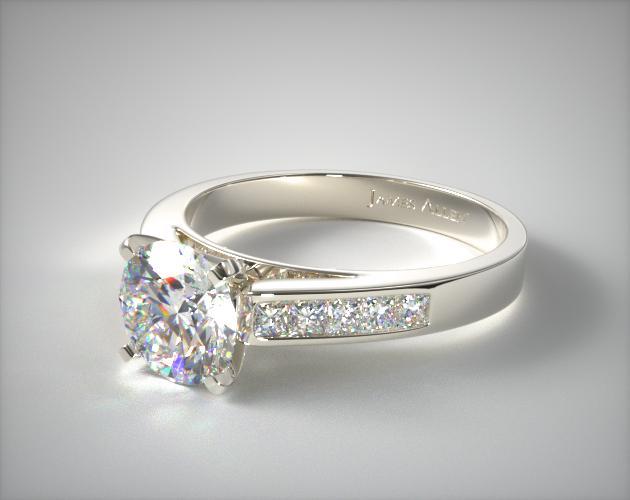
Conflict-free diamonds ensure that the consumer is contributing to moral diamond purchasing, which positively impacts the ethical side of the diamond mining industry. Blood diamonds have helped to bring the issues surrounding ethical diamond sourcing to the forefront of the consumer’s mind by giving diamond miners in warzone areas a voice. Buffering procedures like the Kimberley Process ensure that each shipment of diamonds is directly traceable to an ethical source and not contributing to the invading of armies or warlords.
The Kimberley Process began in 2010 and was set up by several diamond-producing states in Southern Africa, who subsequently came together to discuss and target ways of combating the trading of blood diamonds. Engagement rings created by manufacturers who are part of the Kimberley Process have no involvement in financing violence by rebel movements and their allies involved in the diamond trading industry.
Consider synthetic gemstones
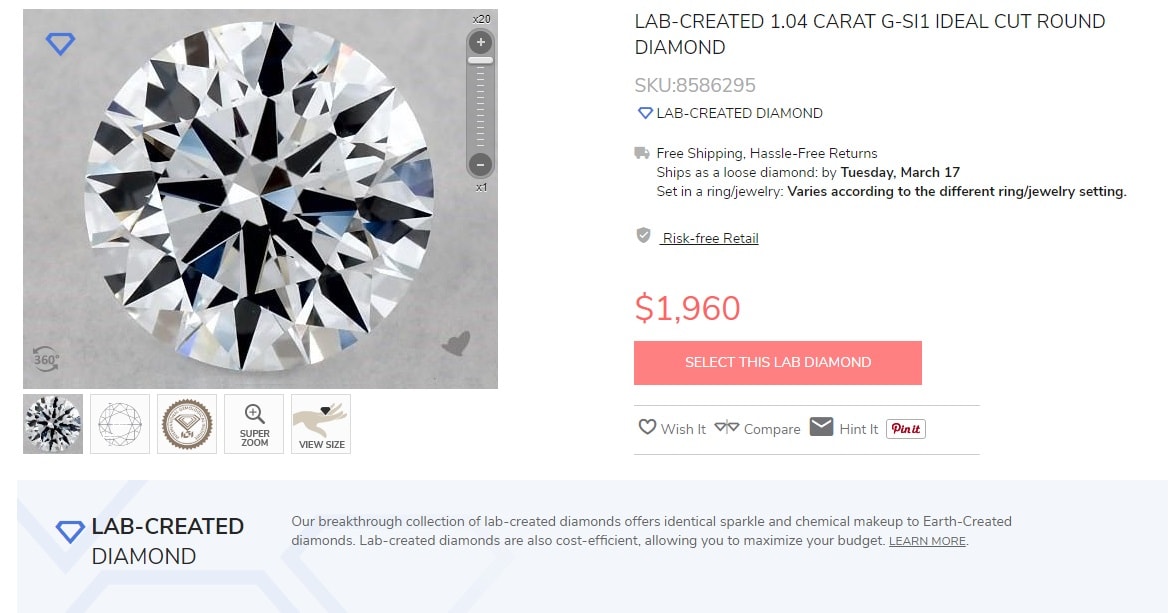
Another eco-friendly engagement ring option is one that includes synthetic gemstones, like lab-created diamonds or moissanite for example. Lab-created stones mirror the physical and chemical characteristics of a real gemstone for a fraction of the price, so they’re also a great money-saving option. Most importantly, however, an engagement ring that uses a synthetic gemstone in its design, is an environmentally friendly one, since colored gemstones (although mined from smaller digging sites) can still have negative repercussions on the environment.
Consider eco-friendly metals
There’s a lot of options for sustainable gemstones, including conflict free diamonds, synthetic diamonds and gemstones and vintage stones. But how does sustainability apply to metals in an engagement ring?
Some retailers will offer recycled metals or more sustainable options. Here are some to consider:
Recycled gold
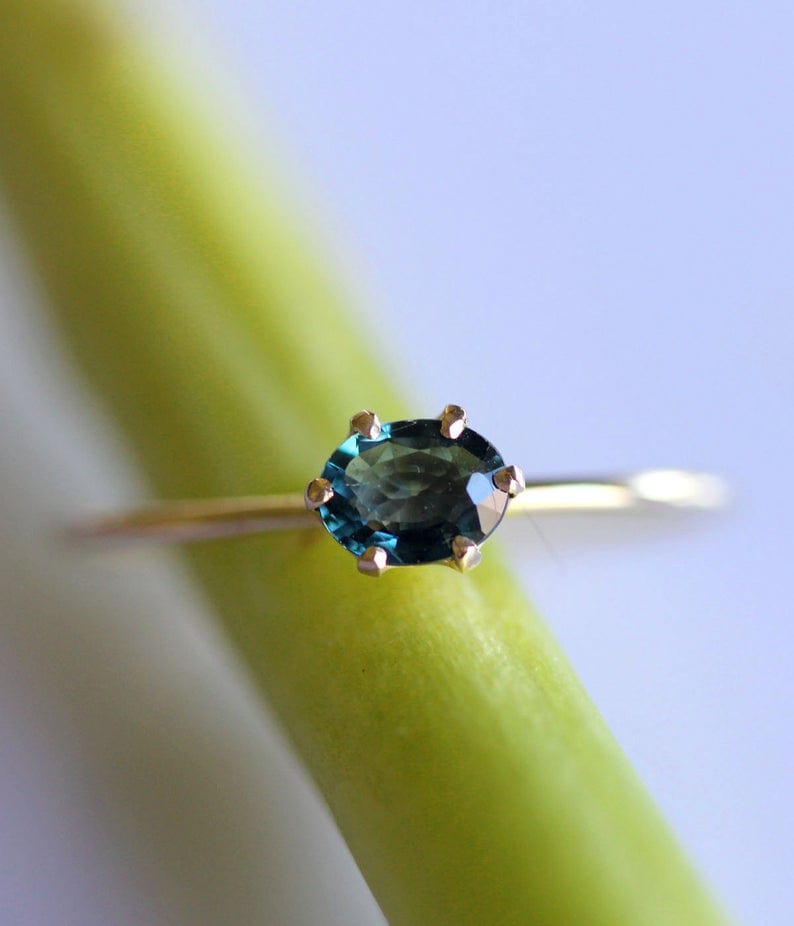
Buying an eco-friendly engagement ring crafted from recycled gold not only means you’ve positively and responsibly impacted the environment, but it also reduces the demand for the mining of new gold. As well as the option to purchase an engagement ring crafted from recycled gold, the decision to recycle your pieces of gold and recreate a new bespoke engagement ring is also a popular choice. A ring or a few items of jewelry passed on from a loved one can be transformed into a modern design that still holds sentimental value for the wearer.
Stainless steel
Some eco-friendly jewelry makers incorporate stainless steel into their designs. Stainless steel is durable, hard-wearing and is easy to work with when creating chains and necklaces. Most stainless steel jewelry designs will include
at least 60% recycled stainless steel in it.
Aluminium
Jewelry made from aluminium is another eco-friendly option. Not only can the material be melted down, re-sculpted and redesigned continuously without losing its qualities, but it’s also reasonably priced and sustainable.
The Takeaway
Eco-friendly engagement rings are steadily increasing in popularity. Couples wanting to celebrate their relationship through symbols of love can do so by investing in designs that show ethical and conscientious style.
Researching jewelry manufacturers that put sustainable designs, ethical diamonds and recycled metals at the forefront of their designs will prove beneficial in finding a ring that both you and the environment will love.
So back to our question at the start?
Is it all just marketing hype or can you really make a difference by choosing your engagement ring carefully? The answer is obvious. By opting for ethically and sustainably produced diamonds, gemstones and metals, you can lessen the impact your ring could have on the earth.









